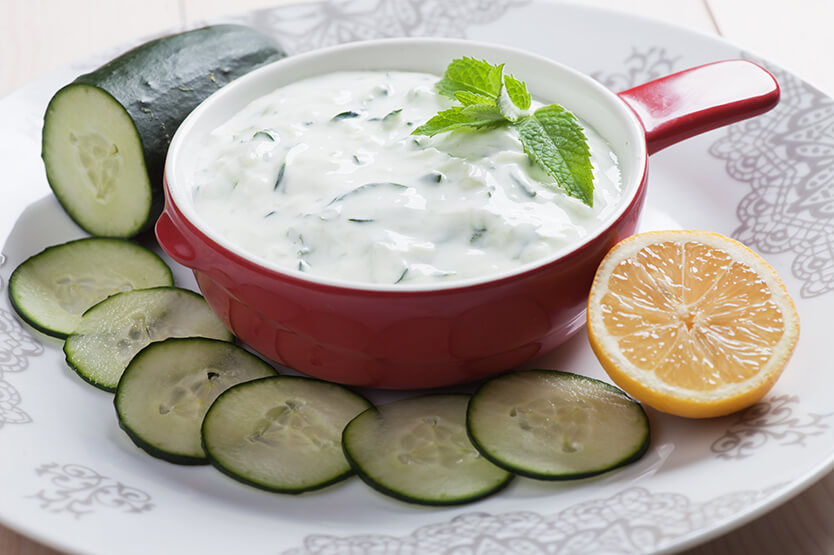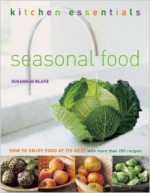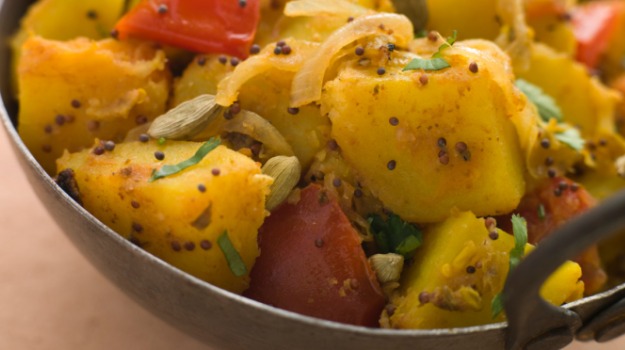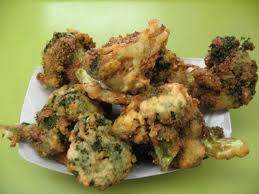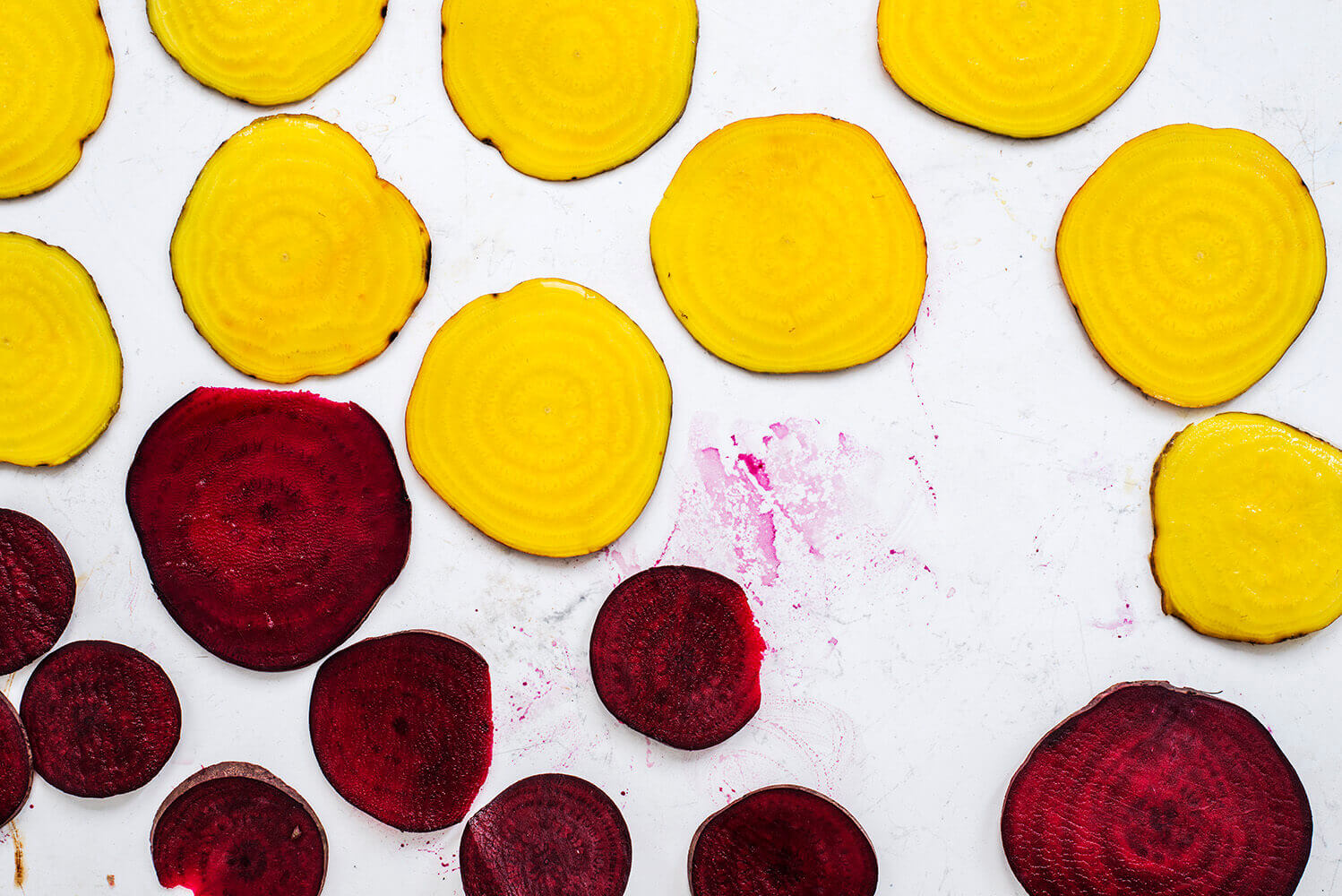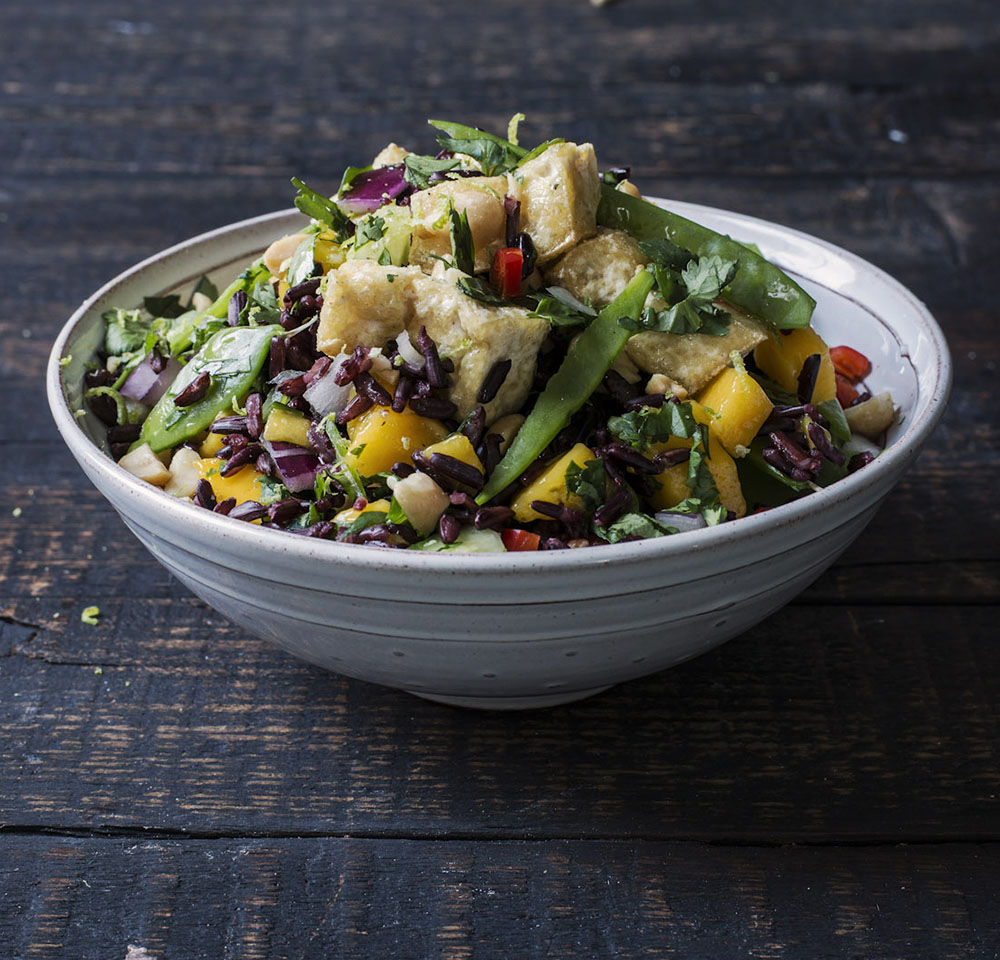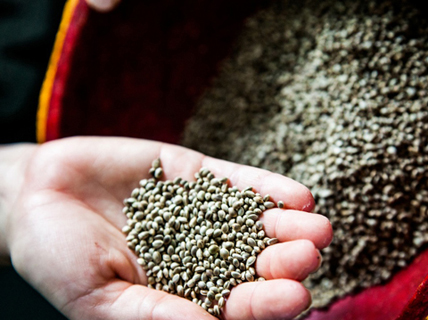Meet Nicola Graimes

Nicola Graimes is an award-winning cookery writer and former editor of Vegetarian Living magazine. She has written more than 20 books, including The Top 100 Recipes for a Healthy Lunchbox, The Big Book of Wok, The Big Book of Low-Carb Recipes, The New Vegetarian Kitchen (that was chosen as one of OFM‘s Top 50 Cookbooks of the Year) and Veggienomics for Nourish.
more than 20 books, including The Top 100 Recipes for a Healthy Lunchbox, The Big Book of Wok, The Big Book of Low-Carb Recipes, The New Vegetarian Kitchen (that was chosen as one of OFM‘s Top 50 Cookbooks of the Year) and Veggienomics for Nourish.
Can you describe your book? What should the reader expect from it?
The idea behind my latest book was born out of the growing number of people who like to eat a flexitarian diet, so one that is predominantly vegetarian but occasionally features meat and fish – so it’s the perfect book for those who are looking for simple and nourishing vegetarian meals and who also want recipes that can be adapted, on occasion, to include fish and meat.
In the book, there are lots of recipes for different eating occasions from breakfasts and brunches; light meals; quick and easy weekday meals; to weekend cooking and food for sharing, covering dishes for entertaining, celebrations and special occasions.
Yet, what sets this book apart is that many of the vegetarian recipes feature a variation that shows the reader how to adapt the original into one that contains meat or fish. So, in effect, you get two recipes for the price of one!
What inspired you to start writing The Part-Time Vegetarian?
I’ve noticed a real shift in interest in vegetarian food in recent years and not only from those who are committed to a fully meat-free diet. The standard of creativity in vegetarian cooking and the choice of ingredients now available is really inspiring.
The book is also a bit of a coming out for me… having been vegetarian for nearly thirty years and written many vegetarian cookbooks, more recently I’ve started to include some meat and fish in my diet. Although my diet is still mainly veggie, I’ve really got into developing dishes that can be adapted to suit different diets and preferences.
Coincidentally, I’ve discovered that I’m not alone and a flexi diet is, in fact, one of the fastest growing food trends. And, as the name suggests, the beauty of this way of eating is its flexibility – so it can easily be adapted to suit your lifestyle and what’s happening on a weekly basis
What was the first flexi dish that you mastered?
I suppose it’s a way of cooking I’ve been doing for years without fully recognizing or acknowledging it. For many years, there was a real divide in our house: my daughter and I were vegetarian and my son and husband meat-eaters. This could have made mealtimes tricky so I got used to adapting dishes to suit different tastes and keep everyone happy!
Everyday favourites such as pasta, pizza, soups, stews and pies are the most obvious dishes that can be readily adapted. In the book, the non-veggie twist may be as simple as adding a sprinkling of bacon or topping a lentil dish with a grilled fillet of fish, but I also wanted the non-veggie dishes to stand out on their own and not be second-rate to the meat-free ones, so there may be a slight change in spicing or other ingredients to ensure they work as best they can and taste great.
What are the biggest challenges in your job?
Well it’s such a great job, so I have no complaints… I’m not sure that this is the biggest challenge but keeping recipes simple and accessible is always a priority – as a food writer it’s easy to get carried away when developing new recipes by making dishes over-complicated or using too many different ingredients. I often have to remind myself to keep things real and don’t go overboard on the number of ingredients. I hope I’ve achieved this with The Part-time Vegetarian, especially with the special features that give pocket-sized ideas to spice things up in the kitchen – with the occasional more complex recipe, like the celebratory hand-raised mushroom pie for when time is not quite as pressing.
Can you tell us 3 kitchen hacks for a flexi diet?
- For those occasions when you’re cooking for both veggies and non-veggies I like to make what I call ‘assembly’ meals. These are when you have a core part, say a noodle and vegetable Asian broth, but then on the table have different bowls of accompaniments that everyone can help themselves to depending on preference, so perhaps you could have some chilli-garlic prawns, cubes of marinated and fried tofu, stir-fried strips of beef or salted black beans.
- Now we’re moving towards the cooler months, vegetable-based soups, stews and curries are perfect for making in bulk in advance and storing in portions in the freezer. Simply defrost and reheat for a quick warming weekday meal or in true flexi style, add your choice of meat or fish.
- I always find it easier at the start of the week to mentally plan out what we’ll be eating as a family throughout the week to come, so there’s a balance and variety of ingredients and meals. If you want to include more vegetarian meals in your diet it makes it so much easier to be prepared and plan in advance. Incidentally, there is a section on ‘Planning Ahead’ with menu ideas in the book.
Nicola Graimes
The Part-Time Vegetarian
Available from September 2015
Pre-order the book on Amazon
Sign up for our newsletter to get our new articles straight to your inbox every month.


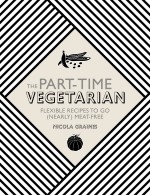




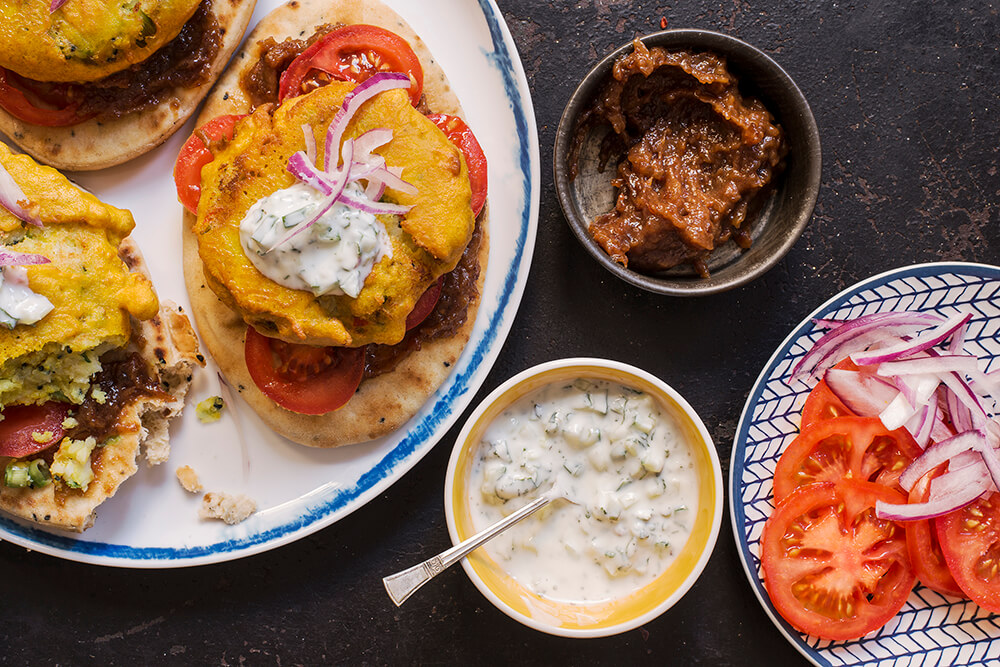



 There is a huge price to pay for this, consumers: the death of local business! We have a choice how we spend our money. In saving a couple of pounds this is what we lose as a nation. We lose the very heart and lungs of our high streets, our butchers, green grocers and fishmongers. By insisting on perfectly formed vegetables, we encourage supermarkets to tyrannically reject perfectly delicious British produce. As a cook and food writer, I know full well that the best flavours lie deep in the matured, the gnarled and the knobbly.
There is a huge price to pay for this, consumers: the death of local business! We have a choice how we spend our money. In saving a couple of pounds this is what we lose as a nation. We lose the very heart and lungs of our high streets, our butchers, green grocers and fishmongers. By insisting on perfectly formed vegetables, we encourage supermarkets to tyrannically reject perfectly delicious British produce. As a cook and food writer, I know full well that the best flavours lie deep in the matured, the gnarled and the knobbly.

